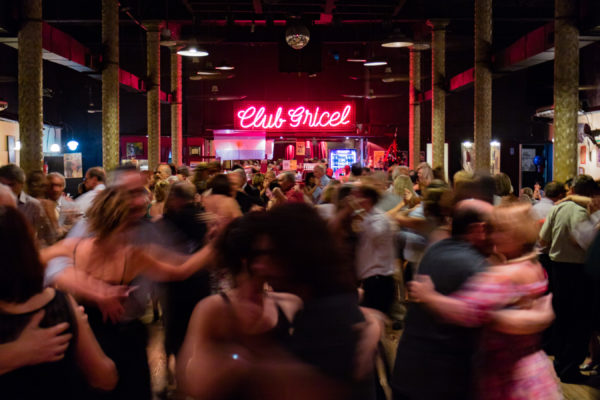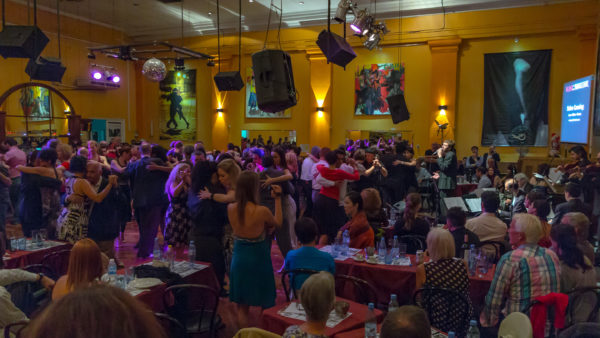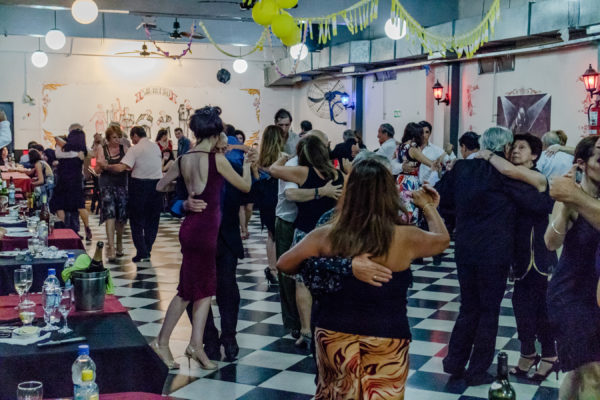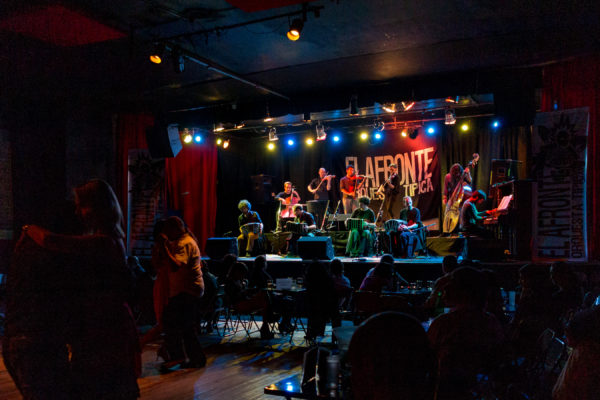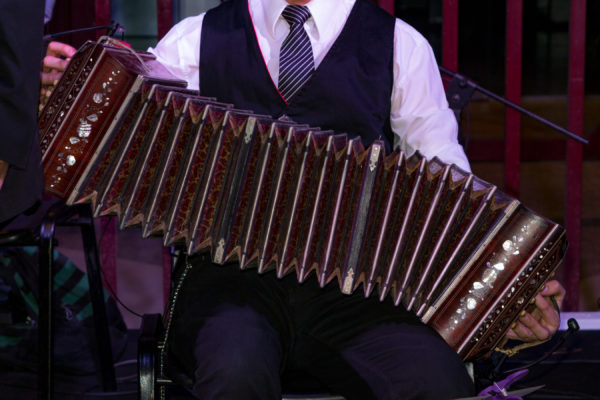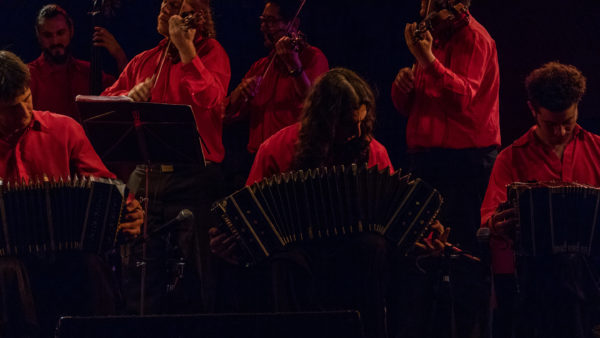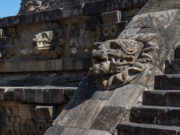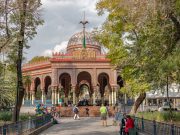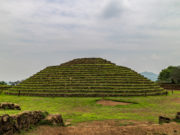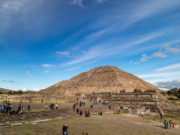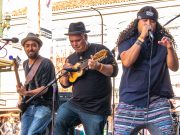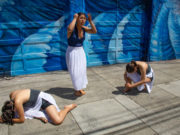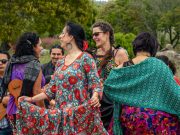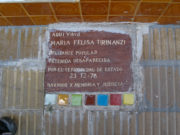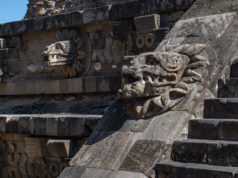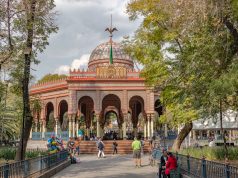
Tango is Buenos Aires. Tango is Argentina. Tango was born in the slums of turn-of-the-20th-century Buenos Aires, where weary laborers translated their day-to-day burden into a mix of African and American musics that is the Argentinian equivalent of the Blues in the U.S. Today, Argentinians of all ages embrace Tango culture and share it with millions of tourists from around the world.
The gathering where people dance tango is called a “milonga.” Milongas can be a regular event that occurs in any space where people can dance. On any night of the week in Buenos Aires, you can find several different milongas. Some of them have been running for many decades.
The venues for the milongas range from dance halls, night clubs, and cafes to empty warehouses, social halls, and community centers. One of the more famous and definitely most beautiful venues was the Confiteria Ideal in central Buenos Aires, which was open for more than 100 years until it closed in 2017.
A long time ago, the Argentinians coined a special word, “trasnochando,” that loosely translates as “partying all night.” Traditionally, many tango clubs have stayed open until dawn, no matter which day of the week they may meet.
100 years ago, the music would have all been live. Today, the dancing is mostly to recorded music. In fact, even when live musicians do play, they usually don’t start playing until after 1 a.m. and play for only about 45 minutes.
